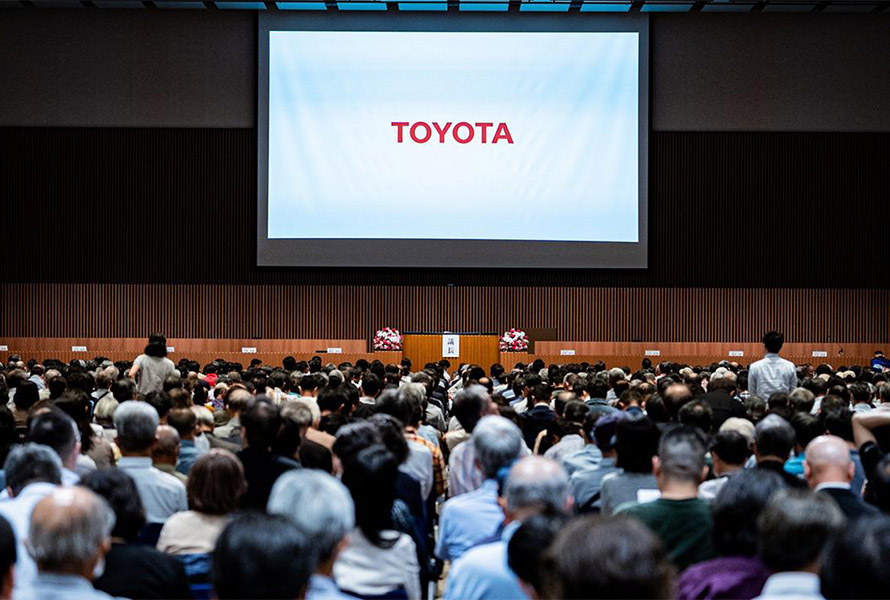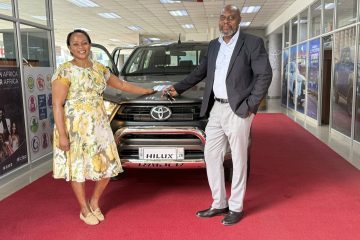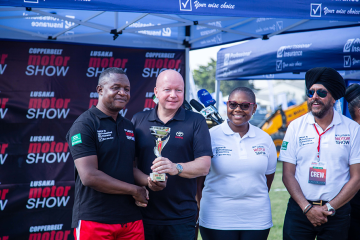For the final part of our series on the 2024 General Shareholders’ Meeting, we look at Toyota’s carmaking perspective through the comments of Operating Officer Kazuaki Shingo and Hydrogen Factory President Mitsumasa Yamagata.
“How are you going to keep developing products that excite car lovers?” In the wake of certification issues and other events, there is concern among Toyota’s shareholders. Shingo, who serves as Chief Production Officer, fielded the question, drawing on his experience leading the development of the Prius.
The never-ending pursuit
Operating Officer Shingo
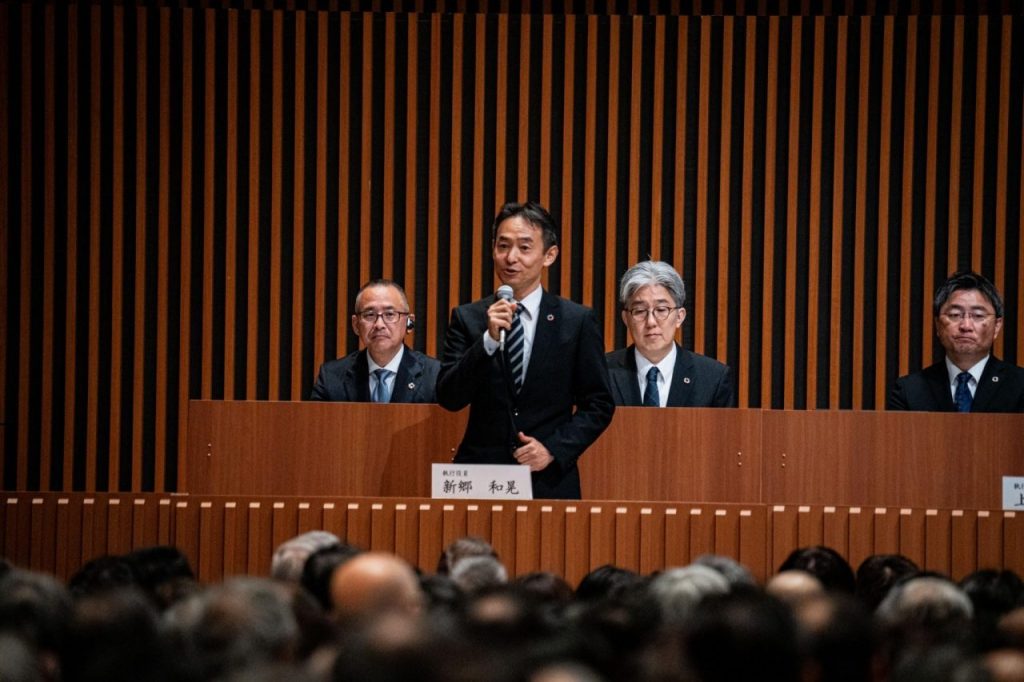
Allow me to share some of my thoughts on car development.
Having spent a long time developing cars at Toyota, I think that in the last 15 years or so (the company’s carmaking) has changed drastically.
I strongly feel that Chairman Akio Toyoda’s calls to “make ever-better cars” and become the best in each region were a major turning point.
Until then, the company was organized by function, with production plants wanting to make cars that were easy to build and the accounting department pushing for cars that made more money. We were divided by functions.
Yet when we received the challenge to “make ever-better cars,” we all got to thinking: how do we make our cars better?
What is needed to create ever-better cars from the customers’ perspective?
While we were figuring this out, Toyota started its in-house company system, and we shifted from that function-oriented mindset to everyone thinking about products—some people concentrating on commercial vehicles, others exclusively Lexus, while still others thought only about compact cars. I believe this product-focused approach gradually established the ever-better carmaking we have today, creating vehicles that delight customers in each region.
I would like to share an episode from the development of the current Prius. Since hybrids have become a widespread commodity, the Chairman suggested, “Why don’t we make the next Prius a taxi?”
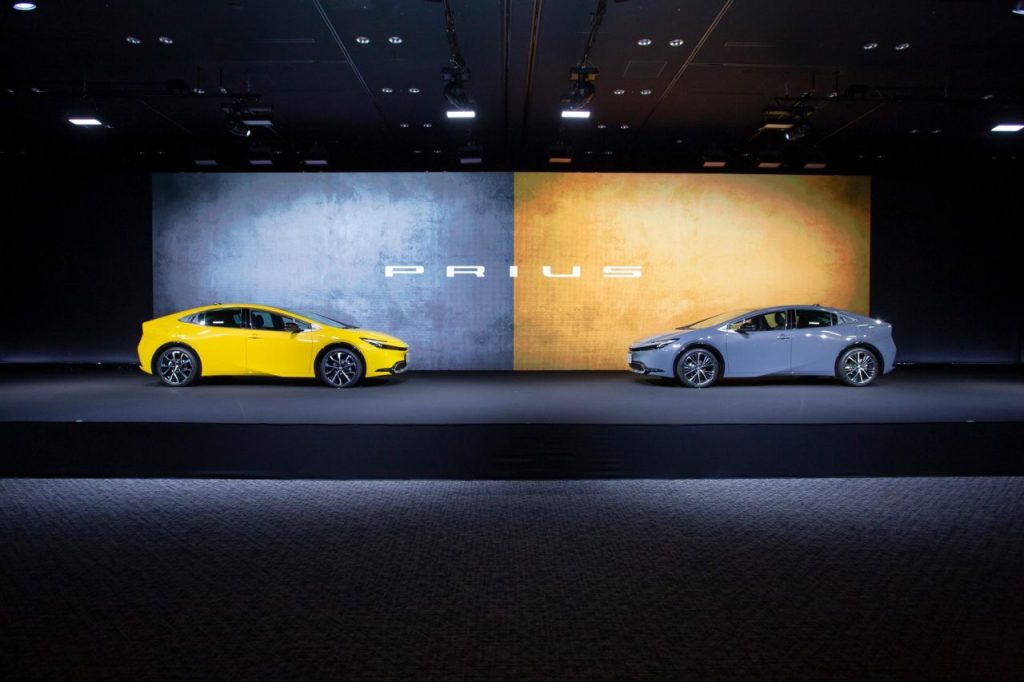
By contrast, as developers, we thought that hybrids reaching maturity gave us the chance to take on the challenge of ever-better carmaking that could only be done with the Prius.
It was more of a discussion than a dispute, and when the Chairman saw the car that came out of it, he responded, “If that’s what you all want to make, then let’s make it.”
I think that through the pursuit of ever-better carmaking, we became a company where leaders and frontline members can have such conversations.
The making of ever-better cars through honest dialogue between company leaders and the genba. Like the Prius, this process also gave rise to the new Crown series, unveiled in 2022.
Later that year, on the first episode of Toyota Times News, host Yuta Tomikawa, Chairman Toyoda, and Executive Vice President & Mid-size Vehicle Company President Hiroki Nakajima reflected on the development of the Prius and Crown. They revealed that the new Crown started out with just a Crossover, but after a test drive, Chairman Toyoda placed an additional order for a Sedan—on top of which the development team proposed the Sport and Estate variations.
Chairman Toyoda said they “had gotten carried away,” and he was “honestly surprised.” “I think it was an eruption of energy from the development team, made possible by a relationship that allows for these kinds of conversations,” recalled Vice President Nakajima. “I finally understood what the president had been saying all this time about ‘making ever-better cars.’”
Such is the origin story of the latest Prius and Crown. During a Toyota Times Sports livestream from Rally Hokkaido 2023, Chairman Toyoda cited these two models as examples of ever-better carmaking.
Chairman Toyoda
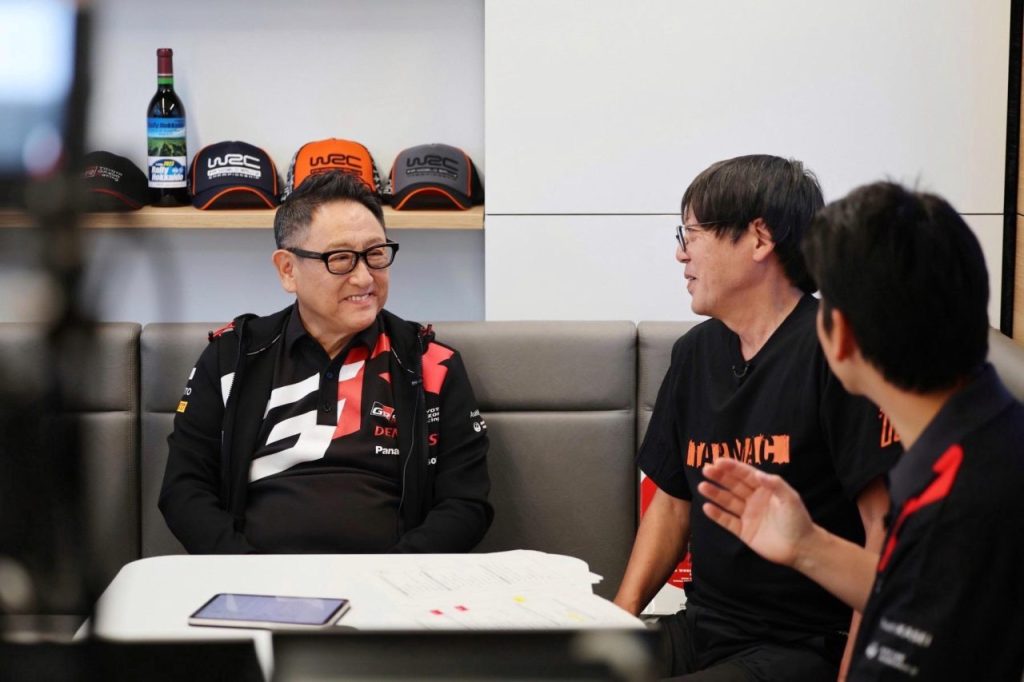
Photo:Noriaki Mitsuhashi/N-RAK PHOTO AGENCY
I won on the Crown, but the Prius was claimed by people who didn’t want to side with me. I think it’s good that we became a product-centered company capable of having such discussions for the sake of making ever-better cars.
When I said we’re going to make ever-better cars, I was often asked, “What is a good car to you, Morizo?” My only response was, “You’ll have to figure that out for yourself.”
Yet, even though it took us 14 years, I feel we’ve become a company that produces many of what I consider to be ever-better cars. I believe we need to ensure that our product-centered approach and commitment to the genba continue to be passed down.
“Making ever-better cars” was established as a core concept by Chairman Toyoda and passed down to the current leadership team. At the shareholder meeting, Operating Officer Shingo wrapped up his response with the following words:
“I see ever-better carmaking as a never-ending pursuit. We will continue working as one to create cars that bring even greater happiness and make our customers feel they were worth the wait.”
Like flowers and bees
Shareholders also voiced concerns that, despite alternative fuels being developed, the lack of progress in providing refueling stations could leave gasoline vehicle users unable to drive their cars in the future.
Hydrogen Factory President Mitsumasa Yamagata said he foresees “a shift from fossil fuels to an era of electricity and hydrogen” before adding “However…”
President Yamagata
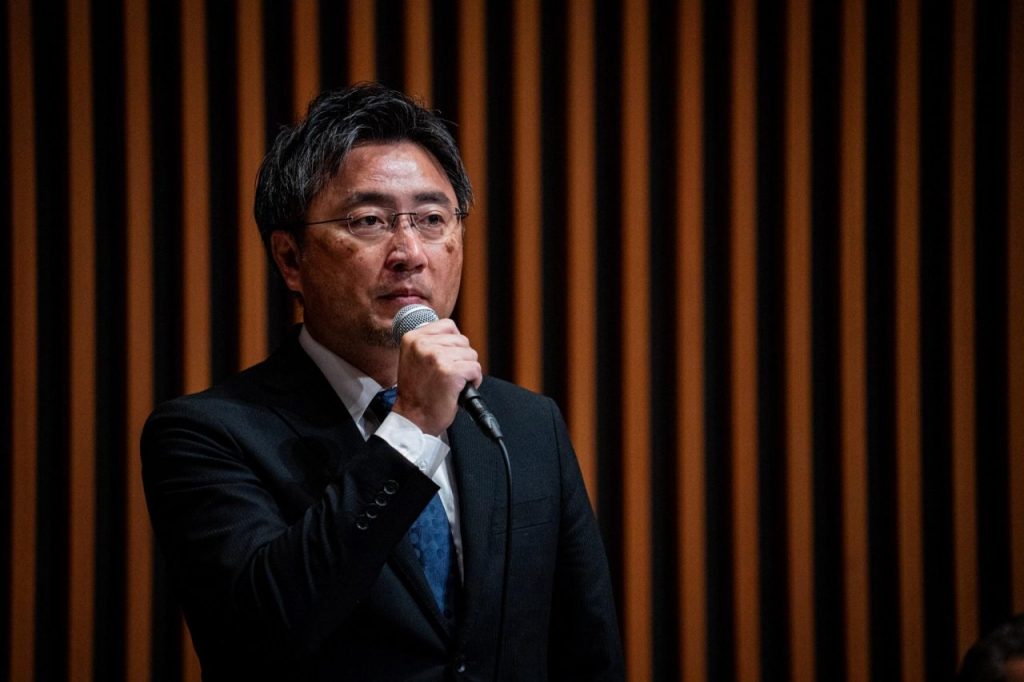
However, this process will involve effectively using various fuels, including synthetic fuels and biofuels, in combination with electric capabilities. We believe that depending on the circumstances of different people around the world, hybrids and plug-in hybrids can also help achieve carbon neutrality more quickly.

I believe your question was, “What are you going to do about stations for all these different fuels that are being developed?” Take for example Brazil, which uses ethanol, a biofuel made from grains. In fact, gasoline in Japan already contains a certain percentage of (ETBE synthesized from) this ethanol.
Here, we believe work can be done with the fuel industry to gradually increase ethanol use.
Similarly, refueling stations pose a major challenge for hydrogen and must be developed in tandem. We make the Mirai, the world’s first mass-produced fuel cell vehicle, which runs by converting hydrogen into electricity.
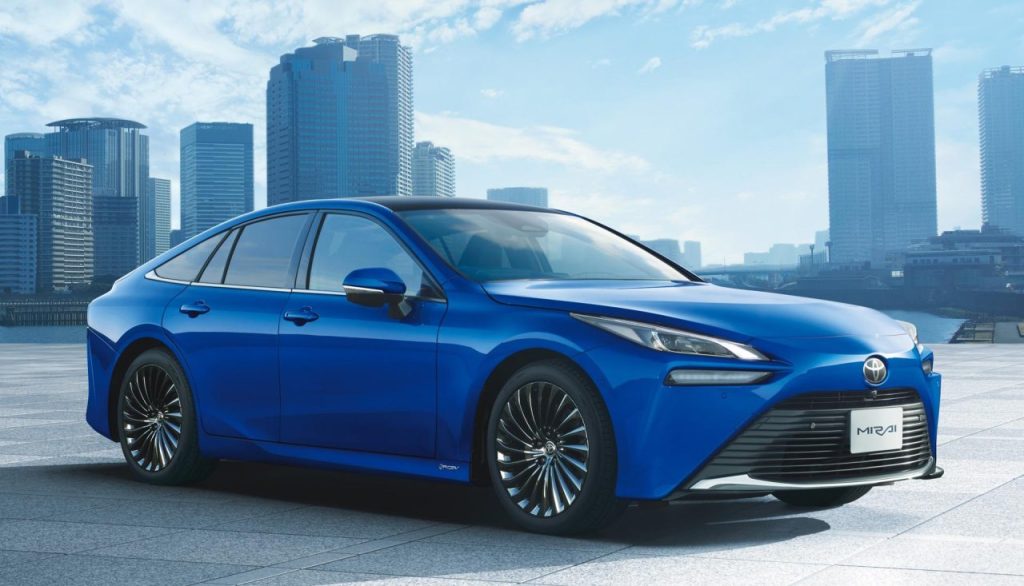
By expanding the use of this technology more broadly to heavy-duty trucks and commercial vehicles, we hope to spur the spread of refueling stations as well.
Stations and mobility always go hand in hand, like flowers and bees. I ask for your understanding so that we can work together to create that relationship and advance a carbon-neutral future.
As Toyota strives to provide “Mobility for All,” President Yamagata highlighted the importance of developing not only fuels but also the accompanying infrastructure.
In this final article of our four-part feature on the 2024 General Shareholders’ Meeting, we shared responses by Operating Officer Shingo and President Yamagata, as they sought to allay shareholder concerns about the future of cars.
“We will continue working as one to create cars that bring even greater happiness.” (Operating Officer Shingo)
“We can work together to advance a carbon-neutral future.” (President Yamagata)
Even as the auto industry undergoes a once-in-a-century transformation, their words seem to reflect Toyota’s commitment to ensuring no one is left behind.
Source: https://toyotatimes.jp/

